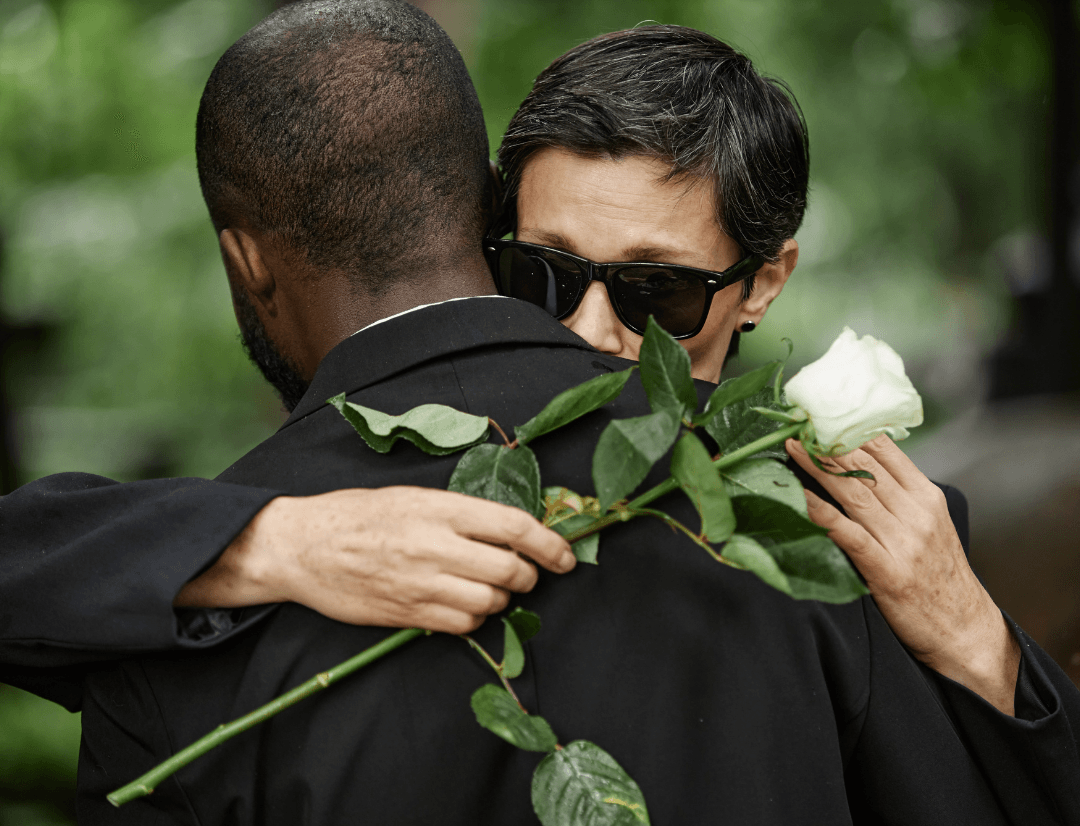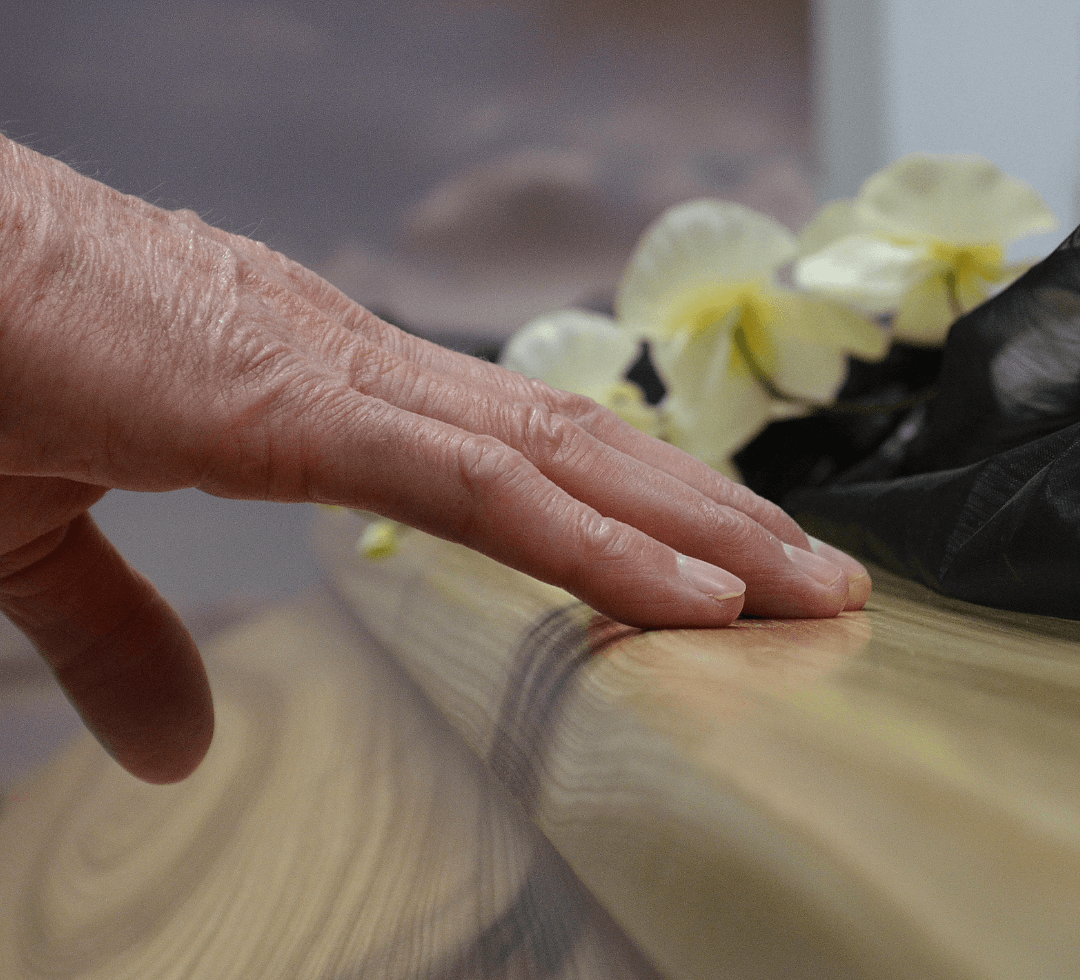One of the most challenging experiences you will ever have is losing someone you love. The ensuing sadness may be too much to handle, leaving you feeling sad, hopeless, and lonely. It’s a difficult path, but learning coping mechanisms and beginning the healing process is critical. Being active throughout this time is one thing that may truly assist. Simple as it may seem, doing some exercise can help when coping with the intense feelings that accompany losing someone you love.
Grief and depression
Losing someone naturally causes grief, which has an impact on your body and heart. While sadness is common, loss can occasionally result in severe depression. Depression of this type goes beyond simply feeling sad.
This type of depression can cause you to feel exhausted, despondent, and uninterested in activities you used to enjoy. It’s not just about dealing with these symptoms. It’s critical to recognize these signs since they may indicate that you require additional assistance.
The Connection Between Physical Activity and Mental Health
Research consistently shows that physical activity can have a profound positive impact on mental health. Here’s how it works:
Your Body’s Natural Mood Enhancers: Endorphins
Your body releases endorphins, or “feel-good” hormones when you exercise. These tiny substances have the power to uplift your mood and drive away the gloom that comes with loss.
Decreased Anxiety and Stress
Stress and anxiety are common side effects of grief, but exercise can lessen them by lowering stress hormones like cortisol. Your mind can truly become calmer as you move your body.
Improved Sleep
Grief can interfere with sleep and make it difficult to relax. Engaging in regular physical activity can improve your quality of sleep, which is crucial while attempting emotional healing.
Developing Relationships and Support
Getting involved in group activities can improve your social skills, whether it’s a local sports team or a fitness class. Creating a network of support is essential in trying times, and meeting people via fitness can help fend against feelings of isolation.
Simple Methods for Getting Active
It’s not necessary to make a huge deal out of first moving your body. Here are a few easy methods to begin going:
Take a walk.
You can walk almost anywhere and it’s a very easy exercise. Consider going for a stroll around your neighborhood or in a park. Being in nature occasionally can help you decompress and find some tranquility.
Do some yoga
Yoga helps you be present and mindful of your breath in addition to helping you stretch. It’s a kind approach to de-stress and establish a connection with your body.
Lift Some Weights
When you’re feeling down, lifting weights can provide you with a significant boost of strength and capability. Joining a class or gym is also a terrific opportunity to meet people who have similar interests to yours.
Swim
Swimming may be quite relaxing and is easy on the joints. You can unwind with the soothing movements and satisfying sensation of the water.
Become a Part of a Group or Class
Taking a dance class or joining a local soccer club will provide you with something to look forward to. It’s important to find support and community in addition to exercising.
My Story
During the COVID-19 pandemic, I experienced one of the most challenging periods of my life. I was terrified of losing my grandparents, who were hospitalized for a month due to the virus. Upon returning to my hometown to be with my family, I had numerous friends and family members experience the loss of a loved one. I fell into a profound sadness as a result.
I quit working out because I was afraid to walk outside. I was lost and depressed, and I had no idea how to get well. After that, I received an invitation from a friend to a CrossFit class. I didn’t feel well at first, but I gradually started to feel better. I discovered a caring group of people and came to see how much I had been losing by living alone. I started using exercise as a coping mechanism, and it improved my mood and allowed me to make new acquaintances.
Being active can be a great approach to managing melancholy and beginning the healing process, even if grieving is a unique and frequently challenging path. You may strengthen your emotional defenses, enhance your mental well-being, and establish connections with people by moving your body. Also, keep in mind that it’s acceptable to seek assistance; sometimes, a combination of counseling and exercise is all you need to feel better. Remember that better times are coming, and take things one step at a time.







